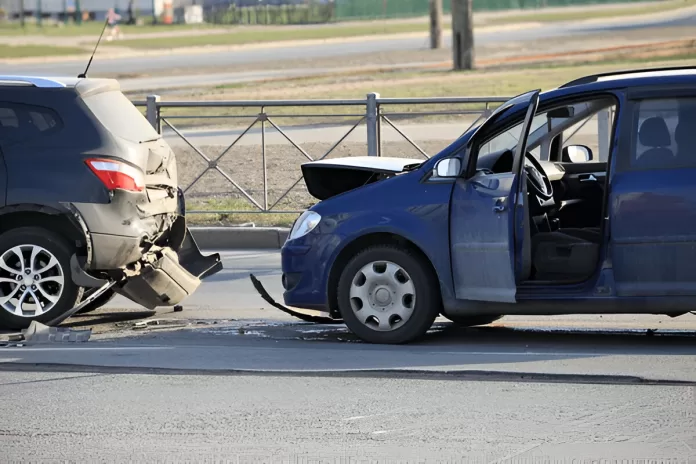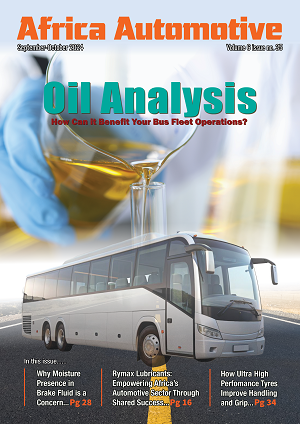Tailgating is when a driver follows the vehicle in front too closely, leaving no room for safe braking or maneuvering. Some drivers tailgate because they’re in a rush, some do it out of habit and others might just have a lead foot and a lack of consideration for others. It is a frustratingly common sight on urban roads, often fueled by impatience and a disregard for safe driving practices. However, it’s important to understand the risks and consequences.
Why Space Matters
The most fundamental reason to maintain a safe following distance is physics. Your reaction time, the braking distance of your vehicle and the braking distance of the vehicle in front are all critical factors. Even if you react instantly to a sudden stop, your vehicle requires a significant amount of space to come to a complete halt. Tailgating drastically reduces this crucial braking distance, leaving you with little to no time or space to react safely to unexpected events.
The distance is not a fixed number; it varies depending on road conditions, speed and your vehicle’s capabilities. If the car ahead brakes suddenly, you need sufficient distance not only to stop your vehicle but also to avoid rear-ending them. The faster you are traveling, the longer the stopping distance. This distance is influenced by factors such as road conditions (wet, icy or dry), your vehicle’s braking system and tyre condition. Tailgating drastically diminishes the margin for error inherent in these calculations, making even minor incidents potentially dreadful.
Consider this scenario: You are traveling at 60 mph (96 km/h). Your reaction time is one second. In that single second, your vehicle travels approximately 88 feet (27 meters). Your reaction time alone (the time it takes to perceive the hazard and begin braking) is typically around 1.5 seconds. During that time, you’ll travel approximately 40 meters. Then, depending on your vehicle’s condition and road surface, your braking distance could easily add another 30-50 meters, or even more in poor weather conditions. If you’re tailgating, this leaves you no room to avoid a collision.
Risks and Dangers of Tailgating
The dangers of tailgating extend far beyond simply reducing braking distance. Consider these additional risks:
Reduced Visibility: Tailgating limits your ability to see the road ahead clearly. You’re focusing primarily on the vehicle directly in front, potentially missing crucial information about traffic flow, road hazards (e.g., debris, animals), or emergency vehicles.
Increased Risk of Rear-End Collisions: This is the most obvious and prevalent danger. Rear-end collisions are often the result of tailgating and account for a substantial percentage of traffic accidents each year. These collisions can range from minor fender benders to tragic events resulting in serious injury or death.
Chain Reaction Accidents: In heavy traffic, a single rear-end collision caused by tailgating can trigger a chain reaction, involving multiple vehicles and significantly compounding the damage and injuries. Imagine a scenario where a car brakes suddenly, the tailgating vehicle crashes into it and that impact sends the first car into the vehicle ahead. This cascade effect can rapidly escalate into a multi-vehicle pile-up, leading to severe damage, injuries, and significant traffic disruption.
Aggressive Driving Behavior: Tailgating often correlates with other forms of aggressive driving, such as speeding, erratic lane changes and improper passing. This aggressive driving style increases the likelihood of accidents and creates a hostile driving environment for everyone on the road.
Legal Ramifications: In many jurisdictions, tailgating is considered a traffic violation, potentially leading to fines, points on your driving record and even license suspension. In the event of an accident, tailgating can be a contributing factor that significantly impacts legal liability. If you are found to be at fault for an accident caused by tailgating, you could face significant legal and financial repercussions.
How to Avoid Tailgating and Stay Safe
The solution to the dangers of tailgating is simple; maintain a safe following distance. While the specific distance may vary depending on factors like speed and road conditions, a good rule of thumb is the “three-second rule.” Choose a fixed object ahead (e.g., a signpost, a tree) and count three seconds after the vehicle in front passes it. If you reach the same spot before you finish counting, you’re following too closely. However, as mentioned, this rule should be adjusted based on road conditions, weather and speed.
For instance, on wet or icy roads, or in poor visibility, increasing your following distance to five or even more seconds is advisable.
Beyond the three-second rule, consider these additional tips for safe driving:
Adjust your speed: Reduce your speed in adverse conditions like rain, snow or fog. This increases your braking distance and gives you more time to react.
Be aware of your surroundings: Pay attention to the traffic around you, anticipating potential hazards and leaving yourself ample space to maneuver.
Avoid distractions: Put away your phone, turn down the music and focus on driving.
Practice patience: Allow extra time for your journey and avoid the temptation to rush. Impatience is a significant contributing factor to tailgating.
Maintain your vehicle: Ensure your brakes and other safety systems are in good working condition.
As much as tailgating is a reckless and dangerous driving habit with significant consequences, it is a preventable hazard. The extra few seconds it takes to maintain a safe following distance are far less significant than the potential consequences of a collision. By Implementing safe driving practices, you can contribute to a safer driving environment for yourself and others. Choose safety; avoid tailgating!




